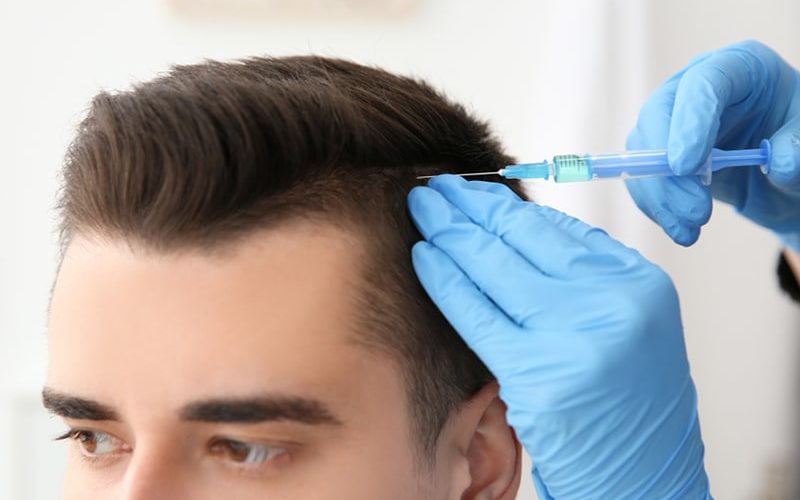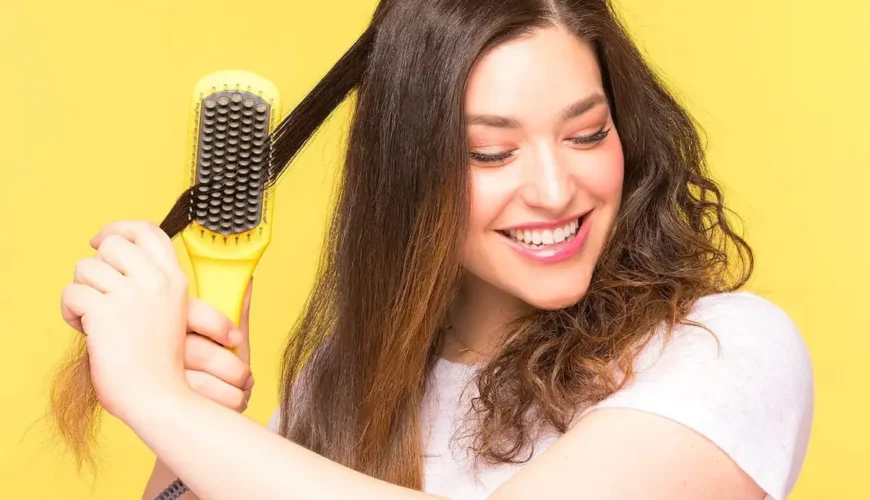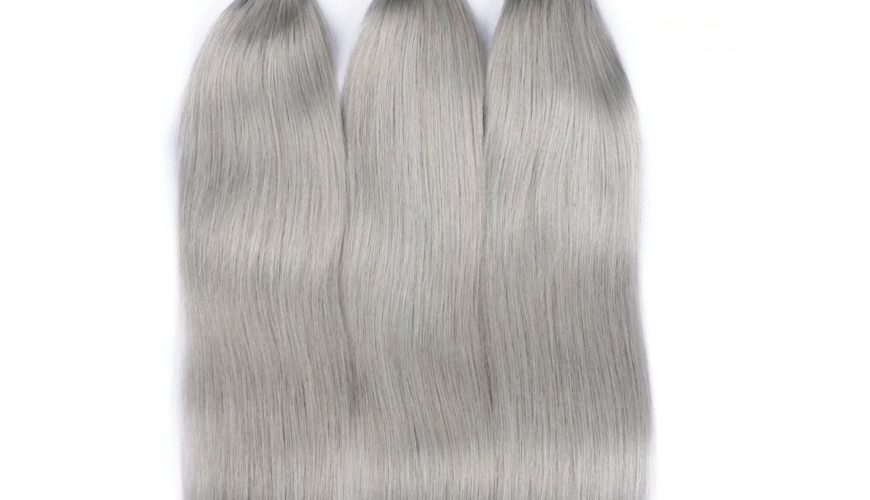Hair loss is an age-old dilemma that affects nearly 40% of women worldwide. It comes in different shapes and patterns and is often a lot more challenging to treat than hair loss in men. Unfortunately, hair loss despite its prevalence is a phenomenon we all inherently fear alike. Mainly due to the importance and value we place on our hairs when it comes to beauty and looking younger. For men and women alike, hair loss is an ordeal that causes feelings of insecurity and self-consciousness. For men, if you’re looking into treatments and remedies for your hair loss, have a look right here and see how it could fight against your hair loss.
Types of hair loss
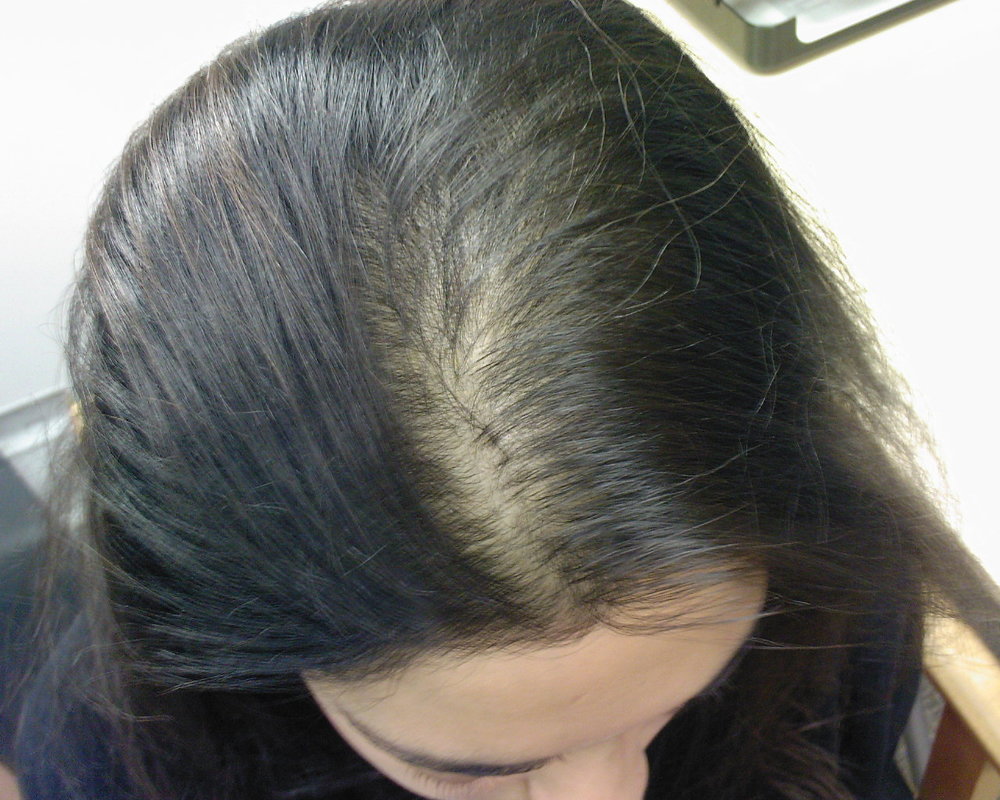
When talking about hair loss, often people assume its androgenic alopecia, hair loss due to male hormones. While androgenic alopecia may be the most widespread cause of hair loss, it certainly is not the only. Alopecia can be divided into groups of four: androgenic alopecia, alopecia aerates, traumatic alopecia, and traction alopecia.
Androgenic alopecia
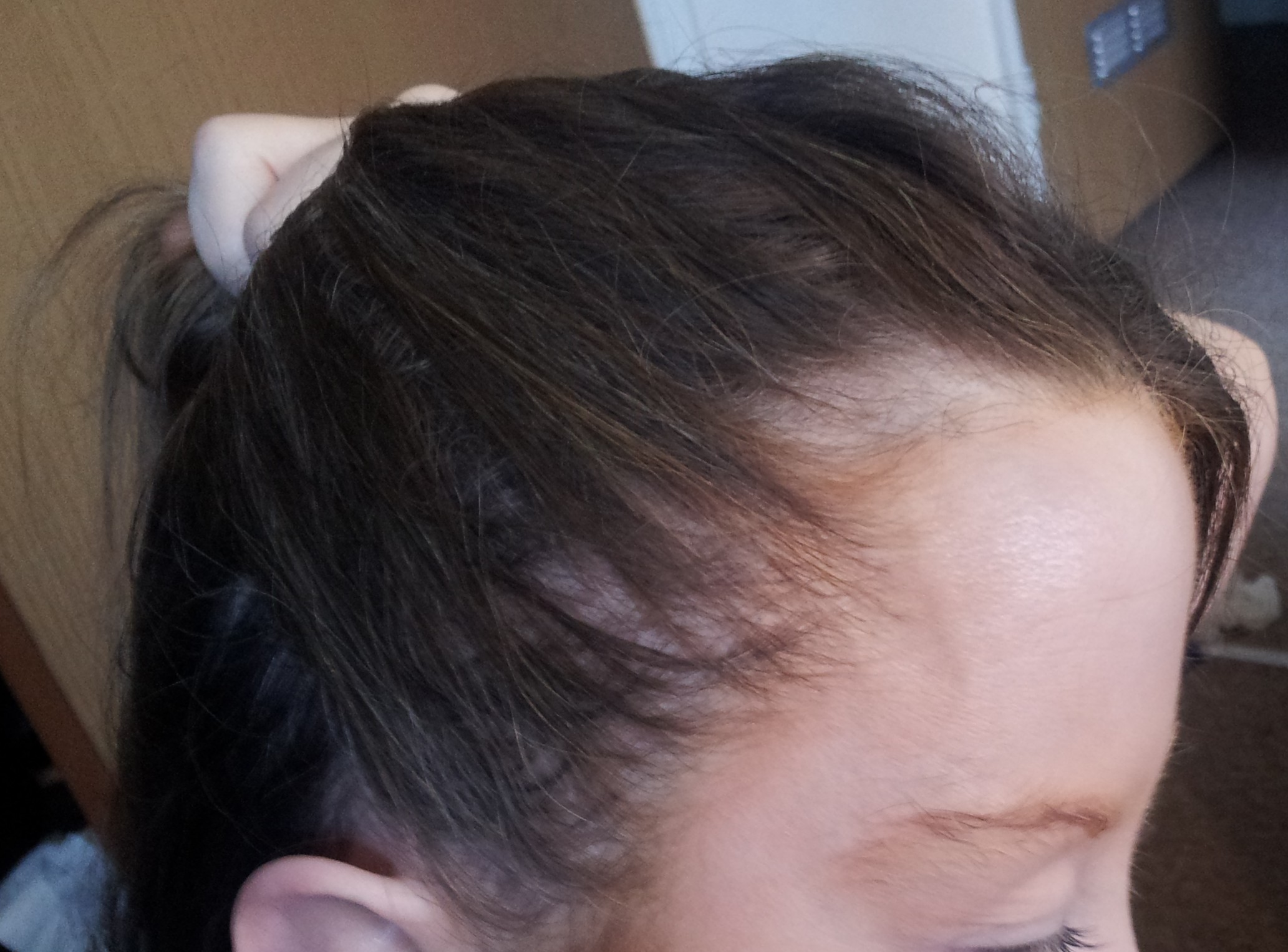
Androgenic alopecia is the type of hair loss that results from the follicular units’ sensitivity to male hormones. The condition is also the cause behind male pattern baldness in men. In women, the condition often stems from disorders such as polycystic ovary syndrome or thyroid problems. DHT, a form for testosterone, binds to follicular units and initiates hair loss.
Traumatic alopecia
Traumatic alopecia is hair loss due to injuries or accidents, such as burns, that leave the affected area permanently bald. Depending on the severity of the injury and how far the damage penetrates to the scalp, hair may or may not grow back in the area.
Alopecia aerate
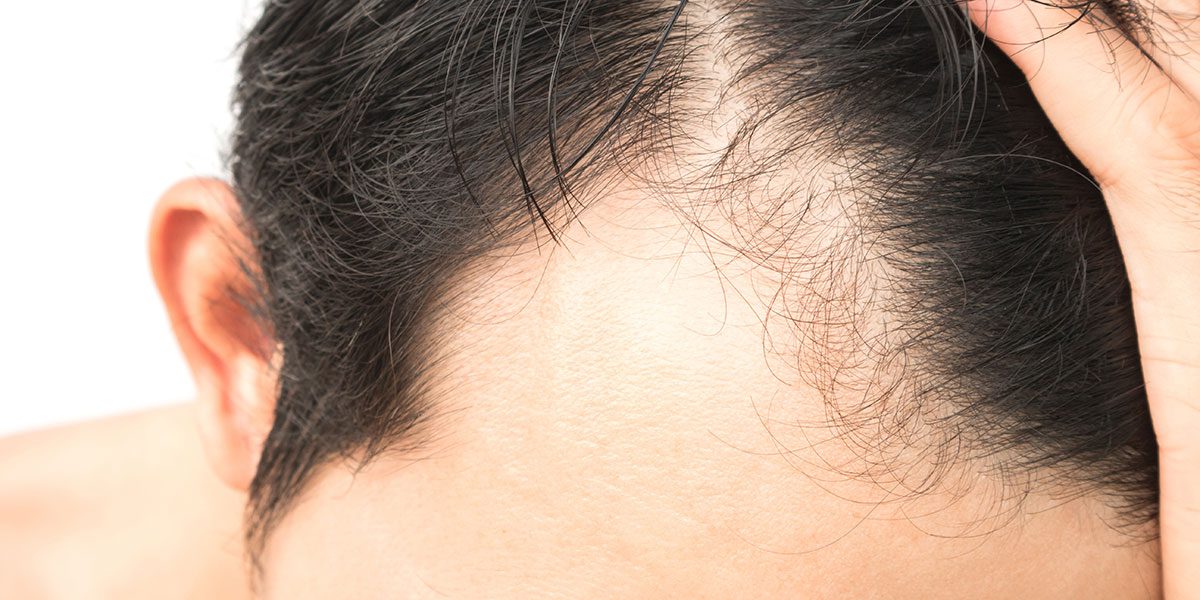
Alopecia aerate is hair loss due to an autoimmune disorder, where the body’s defence line against foreign attacks, targets and destructs its own cells including follicular units; leading to hair loss. Hair loss solutions are not promised to work in alopecia aerate unless the underlying issue is resolved.
Traction alopecia

Traction alopecia refers to hair loss caused by styling or obsessive behaviour such as repetitive hair pulling. Hair loss from traction alopecia may or may not be permanent.
Specific treatments for each class of alopecia
Hair transplants

Hair transplants are a surgical solution offered by clinics like Outbloom clinics that could treat hair loss in traction and traumatic alopecia. In men, hair transplantation is a suitable solution for androgenic alopecia. However, the same cannot be said for female pattern hair loss. Hair transplantation wok by relocating hair from hair growth areas to areas of hair loss. Upon relocation, follicular units continue to initiate growth in previously hair-less areas.
PRP therapy

PRP therapy stands for platelet-rich plasma and is the ideal solution for androgenic alopecia in women. The reason behind hair transplants inefficiency in the treatment of female androgenic alopecia is that in contrast to male pattern hair loss, female pattern hair loss is diffuse and does not follow a particular pattern. The unpredictability factor in female androgenic alopecia does not allow for the precise determining of stable donor regions. Hence, making the success margin very slim.
Platelet-rich plasma therapy is currently the most recent, effective, and convenient treatment in comparison to alternatives. The procedure begins by withdrawing blood from patients the standard way and later centrifuging it. Centrifuging the sample helps separate platelet-rich plasma from other elements. Once PRP is extracted, it is then injected into the scalp initiating by such hair growth.
PRP is a reservoir of growth factors that stimulate growth and proliferation in cells upon their binding. They are particularly rich in VEGF, a growth factor that happens to show a decrease during hair loss.
In contrast to treatments such as monoxide and finasteride, PRP is not injected daily. The procedure is split into monthly sessions, and depending on a patient’s degree of hair loss, anywhere between 1 to 8 sessions may be needed. Each session lasts an hour, and the treatment needs to be repeated yearly.
In summary
The four main groups of alopecia thankfully are not permanent, whatever the cause of hair loss is, there is a cure, and a means to reverse it. For the most widespread cause of hair loss in women, androgenic alopecia, PRP is the most convenient of treatments. In contrast to medications such as monoxide and finasteride, PRP does not have any side effects and is not a struggle to keep track of and take.
If you would like to know more about either PRP or hair transplants, contact us.

